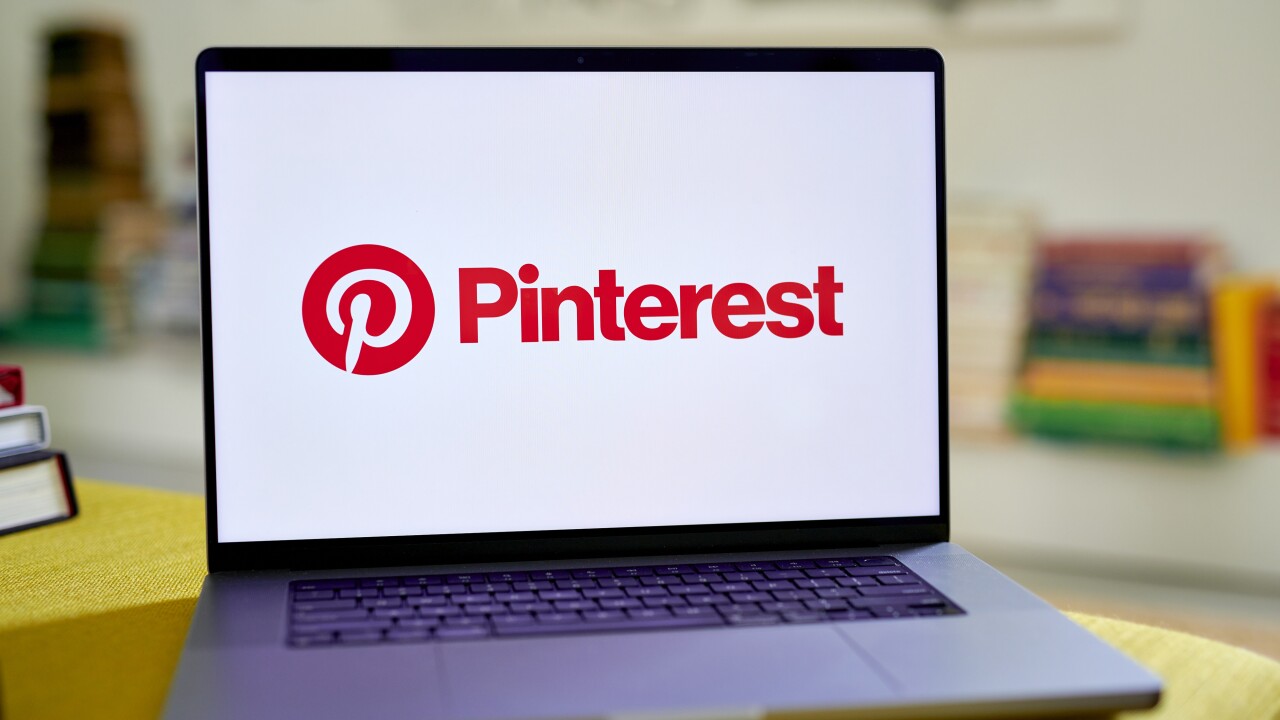What does modern wellness look like? The term encompasses much more than it did a few years ago, and thus the benefits that cover it can no longer be one-size-fits-all. However, just as the ways people work have been reshaped, benefits too can be molded to better fit a workforce.
Wellness support from an employer now goes far beyond a basic benefits package, giving employers an opportunity to not only reevaluate what's offered, but to come up with more ways to meet the needs of employees as well. Burgette White, VP of HR at staffing agency Adecco North America, says employers should listen closely to employees to make the most of a wellness package.
"Employee wellness is not new, but discussions are on the rise," says White. "Employees are taking inventory of what's important to them, so it is about creating the space to speak more about mental and physical health and work-life balance and having choice."
Read more:
Offering the right types of
Learning from employee feedback also gives employers insight into how to make benefits comparable for employees who are not all under one roof. As remote work continues and hybrid options become more popular, in-office perks do not apply to all workers who may want to take advantage of them.
"As companies have less of a physical footprint, how do you provide the same benefits in a different way? As an example, we just reopened one of our hub locations in Jacksonville, Florida, and looked into providing on-site gyms, which is great for that group. We can't offer it in the same way for our employees who do not sit in Jacksonville, but to make it comparable we offer a wellness reimbursement because physical health is important to us as an organization."
Read more:
With the economic challenges that many businesses anticipate next year, offering additional benefits may seem like an indulgence, but White urges employers to "lean into" wellness offerings for the proven effectiveness it has on employee health and productivity. This could be in the form of
"Any company that has an employee assistance program is likely already paying for all of these things," White says. "How can they take a benefit they're already offering and expand it to suit not only the business purpose of a person, but the person as a whole?"
Read more:
Taking advantage of the current shift in work environments is another way to tap into wellness benefit conversations. White points out that by highlighting remote and hybrid work perks like flexibility, as well as time for self-care or caregiving, employers can weave wellness into systems they already have in place. This can lead to big payoffs when it comes to reasons employees will join and
"It's an example of what your company might already be doing for different reasons," she says. "But it ties in and you can make a clear connection to employee wellness and well-being. Everything has a dollar amount, and it's interesting because as employees are looking for new opportunities, or as they're sticking with an organization, they're thinking about their benefits — they're thinking about the full total rewards or compensation, and those benefits have a dollar value associated."
No matter what an organization's wellness plan looks like, it is now something that needs to be a company-wide effort for the good of each employee.
"Wellness is deeply personal," White says. "But there are definitely things that an organization can do to understand its importance and emphasize it further. In the past this was something that HR really focused on; it's now a space where all of our leaders are probably a bit more versed or would like to be more versed in what the offerings are so they can speak in the moment with their colleagues about it."






